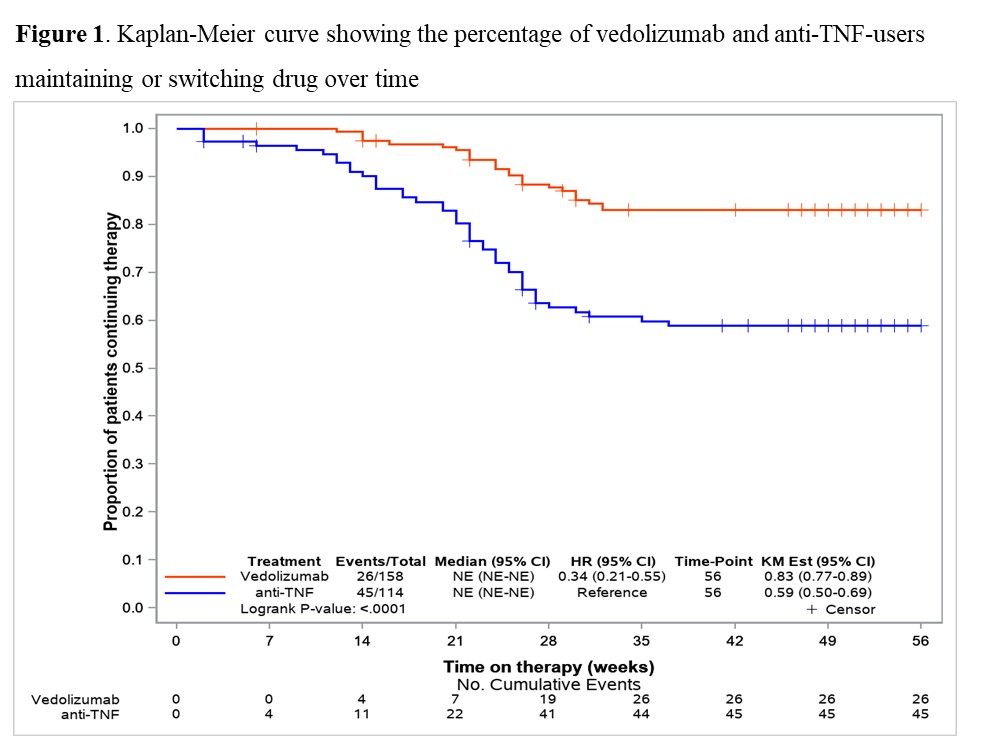Exabis Library
Welcome to the e-CCO Library!
Long-term cardiac safety of ozanimod in phase 3 clinical program of Ulcerative Colitis and relapsing multiple sclerosis
2022
ECCO'22 Virtual
Tuesday, 24 May 2022, 8:13 PM
Long-term Clinical Effectiveness of Ustekinumab in Patients with Crohn’s Disease Who Failed Biologic Therapies: A National Cohort Study
2019
JCC Podcast
Monday, 2 September 2019, 3:57 PM by Dauren Ramankulov
Friday, 28 February 2020, 1:31 PM by Dauren Ramankulov
Long-term health consequences of COVID-19 in patients with Inflammatory Bowel Diseases – A Danish prospective population-based cohort study
2022
ECCO'22 Virtual
Tuesday, 24 May 2022, 8:13 PM
Long-term outcome of infantile and very early onset IBD: A multi-center study from the IBD Porto group of ESPGHAN
2022
ECCO'22 Virtual
Tuesday, 24 May 2022, 8:13 PM
Long-term outcomes after histologic-endoscopic mucosal healing: Results from the UNIFI study in Ulcerative Colitis
2022
ECCO'22 Virtual
Tuesday, 24 May 2022, 8:13 PM
Long-term outcomes of Crohn’s perianal fistulas treatment: anti-TNF with surgical closure versus anti-TNF alone (PISA-II) - A patient preference RCT
2022
ECCO'22 Virtual
Tuesday, 24 May 2022, 8:13 PM
Long-term outcomes of Crohn’s perianal fistulas treatment: anti-TNF with surgical closure versus anti-TNF alone (PISA-II) - a patient preference RCT
2022
11th S-ECCO IBD Masterclass
Tuesday, 24 May 2022, 8:13 PM
Long-term real-world data of ustekinumab in Crohn’s Disease – the Stockholm ustekinumab study – STOCUSTE
2022
ECCO'22 Virtual
Tuesday, 24 May 2022, 8:13 PM
Long-term use of ozanimod in patients with moderately to severely active Ulcerative Colitis
2022
ECCO'22 Virtual
Tuesday, 24 May 2022, 8:13 PM
Loss of PTPN23 in the intestinal epithelium results in epithelial hyperproliferation and lethal diarrhea in a microbiota dependent manner
2022
ECCO'22 Virtual
Tuesday, 24 May 2022, 8:13 PM
Low occurrence of colectomy with long-term (up to 4 years) golimumab treatment in patients with moderate-to-severe active Ulcerative Colitis: Data from the PURSUIT maintenance and long-term extension studies
2022
ECCO'22 Virtual
Tuesday, 24 May 2022, 8:13 PM
Maintenance phase propensity score adjusted effectiveness and persistence at week-52 in biologic-naïve Ulcerative Colitis patients treated with vedolizumab or anti-TNF (VEDO IBD-study)
2022
ECCO'22 Virtual
Tuesday, 24 May 2022, 8:13 PM
Management of IBD outside of Europe: The example of India
2019
Scientific Programme
Wednesday, 5 June 2019, 9:01 PM
Management of Patients on Thiopurines
2015
Talking Heads
Friday, 22 February 2019, 4:35 PM by ECCO Administrator
Friday, 13 January 2023, 11:31 AM by ECCO Administrator
Management of refractory pouchitis
2017
15th IBD Intensive Advanced Course
Tuesday, 18 May 2021, 9:54 AM by ECCO Administrator
1
Managing complications associated with anti-TNF therapy
2017
15th IBD Intensive Advanced Course
Tuesday, 11 May 2021, 11:17 AM by ECCO Administrator
1
Managing extraintestinal manifestations of IBD
2017
15th IBD Intensive Advanced Course
Tuesday, 11 May 2021, 10:19 AM by ECCO Administrator
1





 Conclusion
Conclusion Conclusion
Conclusion




